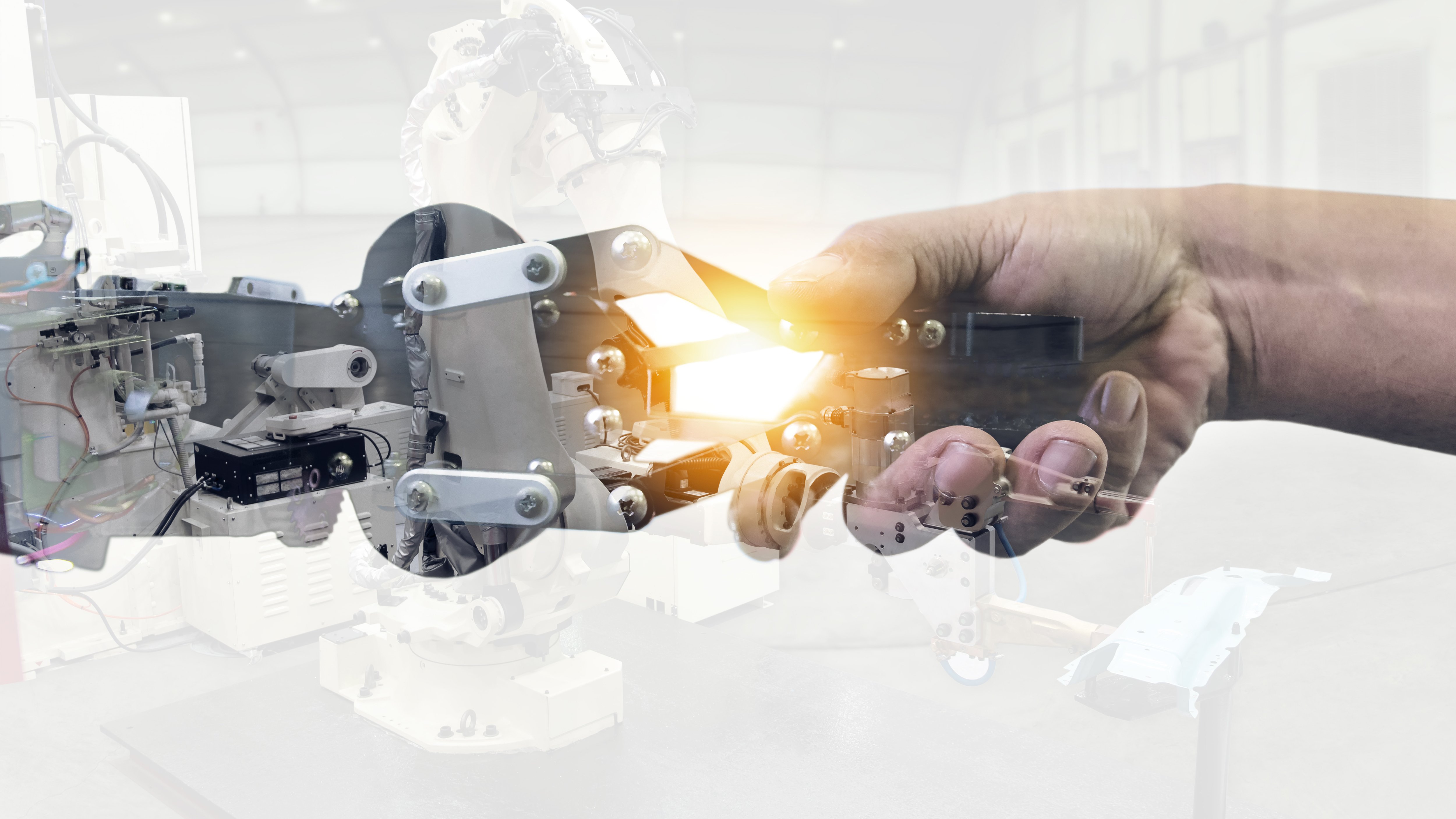Transformative Control Technology
While machine learning has simplified robotic programming, the latest programmable automation controller (PAC) technology represents a transformational turning point for OEMs. Thanks to enhanced processor speed and performance, robotic applications can now run on the standard PACs that control the rest of the machine.
For example, this PAC features a processor that can provide up to 45 percent more capacity than previous generations to meet the high-speed communications and motion control demands of robotics.
Equally important, OEMs can achieve the advanced safety functionality required for robotic applications within the PAC platform – and standardize their approach to safety across the entire machine.
Of course, using a single, unified platform for both robotic and machine control speeds OEM equipment development, integration and deployment. In addition, OEMs can more easily extend innovation across their complete portfolio and take more control over all aspects of their machinery.
Each year, we are seeing more machine builders take advantage of a unified control platform to develop flexible robotic equipment – and optimize lifecycle management. Take a look at this example.
And learn more about how machine builders are using the latest technology to develop innovative machines.

